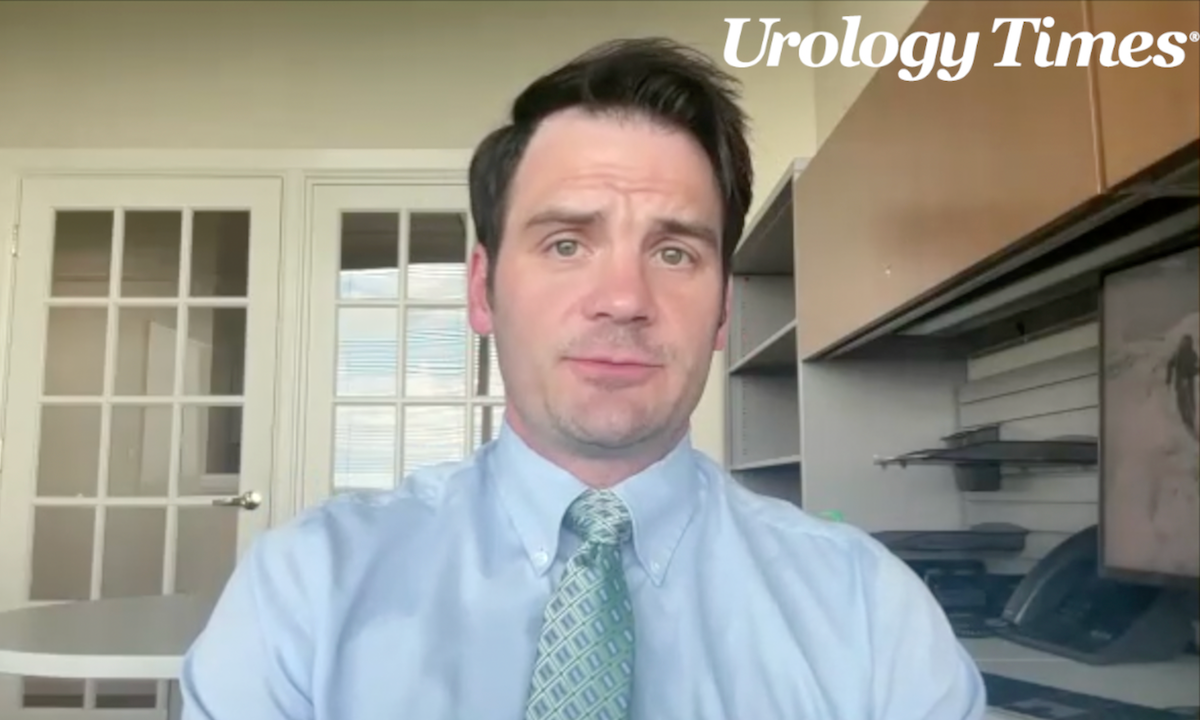Investigators for a recent study published in JAMA Network Open aimed to compare the value of trimodal therapy and cystectomy for muscle-invasive bladder cancer from a US health care perspective.1 This research was spurred by a 2023 Lancet Oncology retrospective analysis that found no significant difference in metastasis-free and overall survival between the 2 treatments in specific patient cohorts.2 The patients in that earlier study had solitary tumors less than 7 cm, unilateral or no hydronephrosis, adequate bladder function, and no multifocal or extensive carcinoma in situ.
For the current study, Daniel D. Joyce, MD, MS, and co-authors sought to address the remaining questions about the value of these treatments. Their findings indicated that although trimodal therapy improved the quality of life for patients with muscle-invasive bladder cancer compared with cystectomy, its significantly higher cost made it not cost-effective for society. The initial cost of trimodal therapy in their model was around $40,000.
A key aspect of their research involved sensitivity analysis to understand how varying parameters impact cost-effectiveness. They identified 2 main factors that would make trimodal therapy cost-effective: a substantial reduction in its cost to approximately $17,000, and an 11% improvement in the absolute risk reduction of metastases compared with cystectomy. This highlights current knowledge gaps regarding the comparative effectiveness of these treatments and the scarcity of long-term toxicity data for trimodal therapy, which affects both quality of life and effectiveness.
REFERENCES
1. Joyce DD, Wymer KM, Graves JA, et al. Cost-effectiveness of trimodal therapy and radical cystectomy for muscle-invasive bladder cancer. JAMA Netw Open. 2025;8(6):e2517056. doi:10.1001/jamanetworkopen.2025.17056
2. Zlotta AR, Ballas LK, Niemierko A, et al. Radical cystectomy versus trimodality therapy for muscle-invasive bladder cancer: a multi-institutional propensity score matched and weighted analysis. Lancet Oncol. 2023;24(6):669-681. doi:10.1016/S1470-2045(23)00170-5
